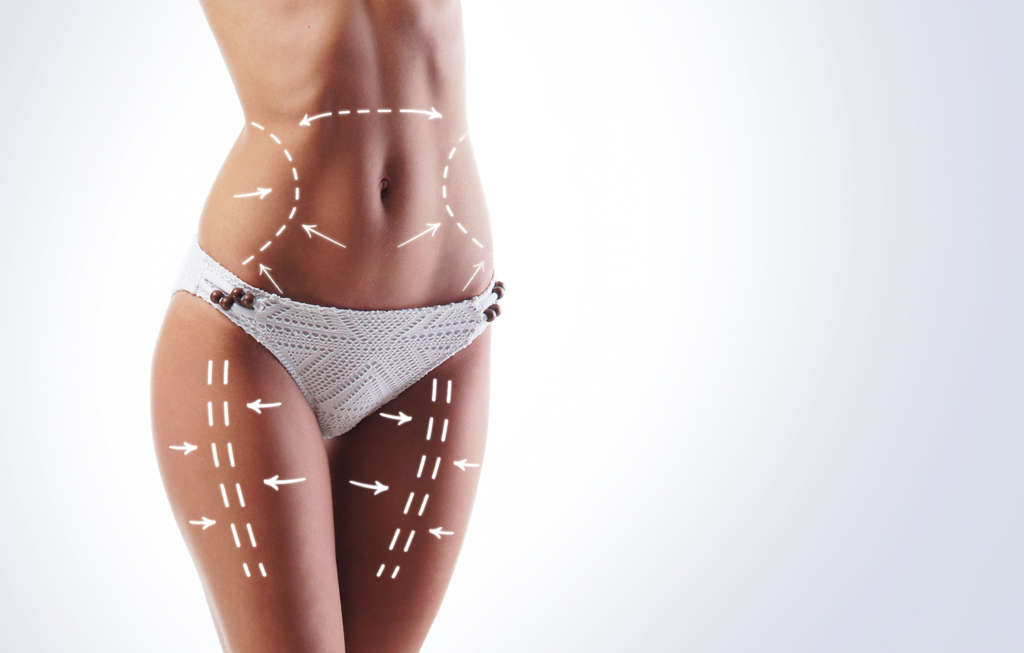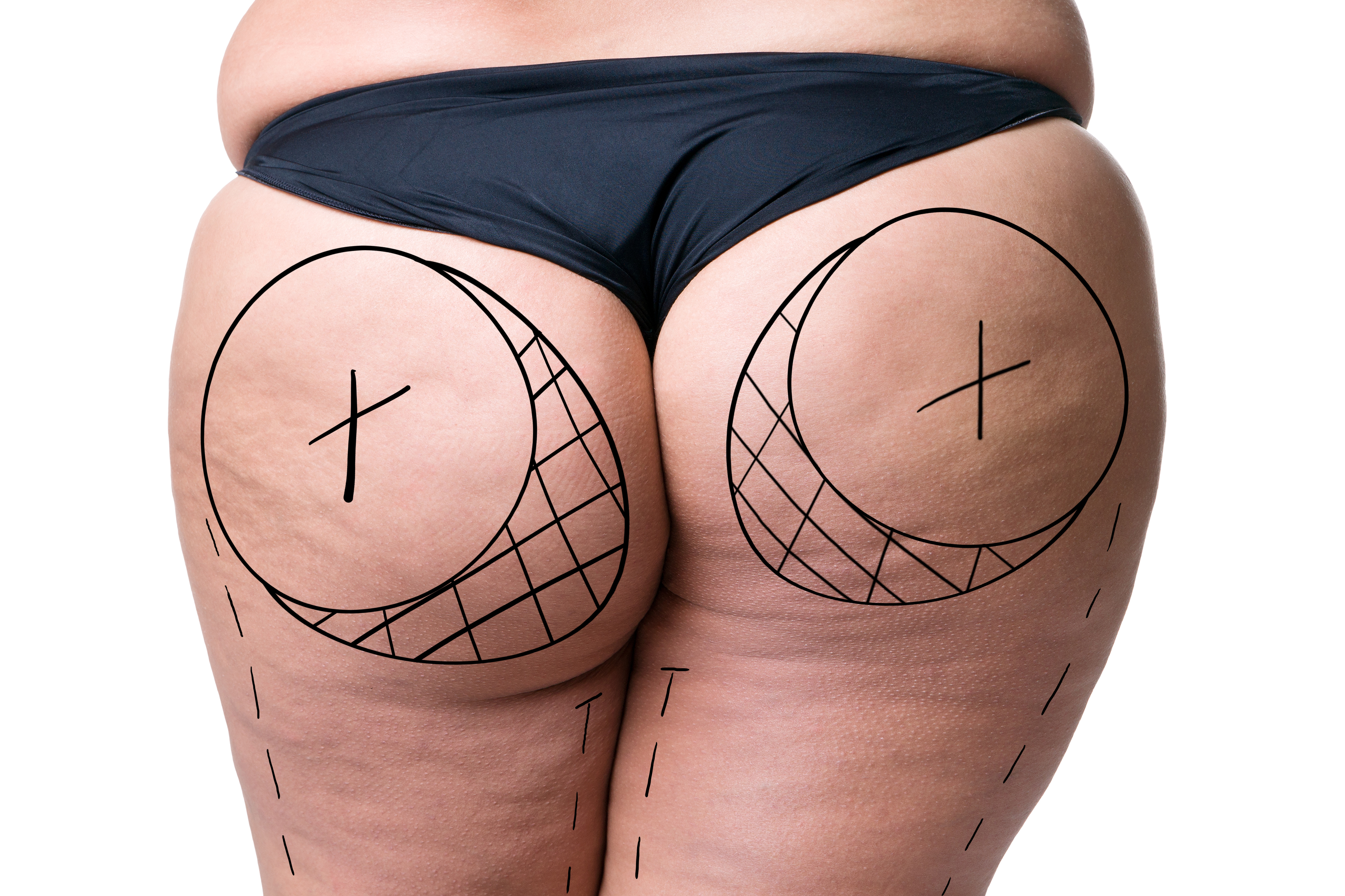Tumescent Liposuction
Liposuction
Tumescent Liposuction & The Wet Liposuction Techniques
Tumuscent liposuction procedure is done by injecting a solution such as epinephrine, lidocaine, and saline into the fat within the body. Lidocaine serves as the local anesthetic, while epinephrine constricts the capillaries within the fat. This solution contributes to the swelling of the fat tissues and firms it up. Due to the constriction of the capillaries, it takes a while for the body to absorb the lidocaine.
The patient is no longer required to undergo general anesthetic before the procedure is performed. Some doctors would recommend this type of procedure due to the minimal loss of blood, as compared to other types of liposuction.


Wet Liposuction Technique
This type of liposuction procedure uses general anesthesia. By injecting local anesthesia that contains epinephrine to the specific area it reduces the amount of blood loss. As compared to the dry technique though, there is still a large amount of blood loss for this technique. This is because blood comprises 15 to 20% of the total amount of tissues removed from the patient’s body. After this procedure is done, blood transfusion is often required.
This used to be the most common technique used in liposuction. However, the implementation of this procedure has reduced over the years as safer methods are being developed.
Super-Wet Technique
The same with wet technique, this one also requires general anesthesia. Then, diluted local anesthesia solution is injected into the area of the body to be treated. Unlike wet technique though, blood consists of only about 8% of the total amount of tissues removed from the body.
Its main difference from the procedures mentioned above is the amount of solution injected into the fat tissues. The solution used for this technique is reduced as compared to the tumescent and wet technique, wherein there is very minimal lidocaine involved.

